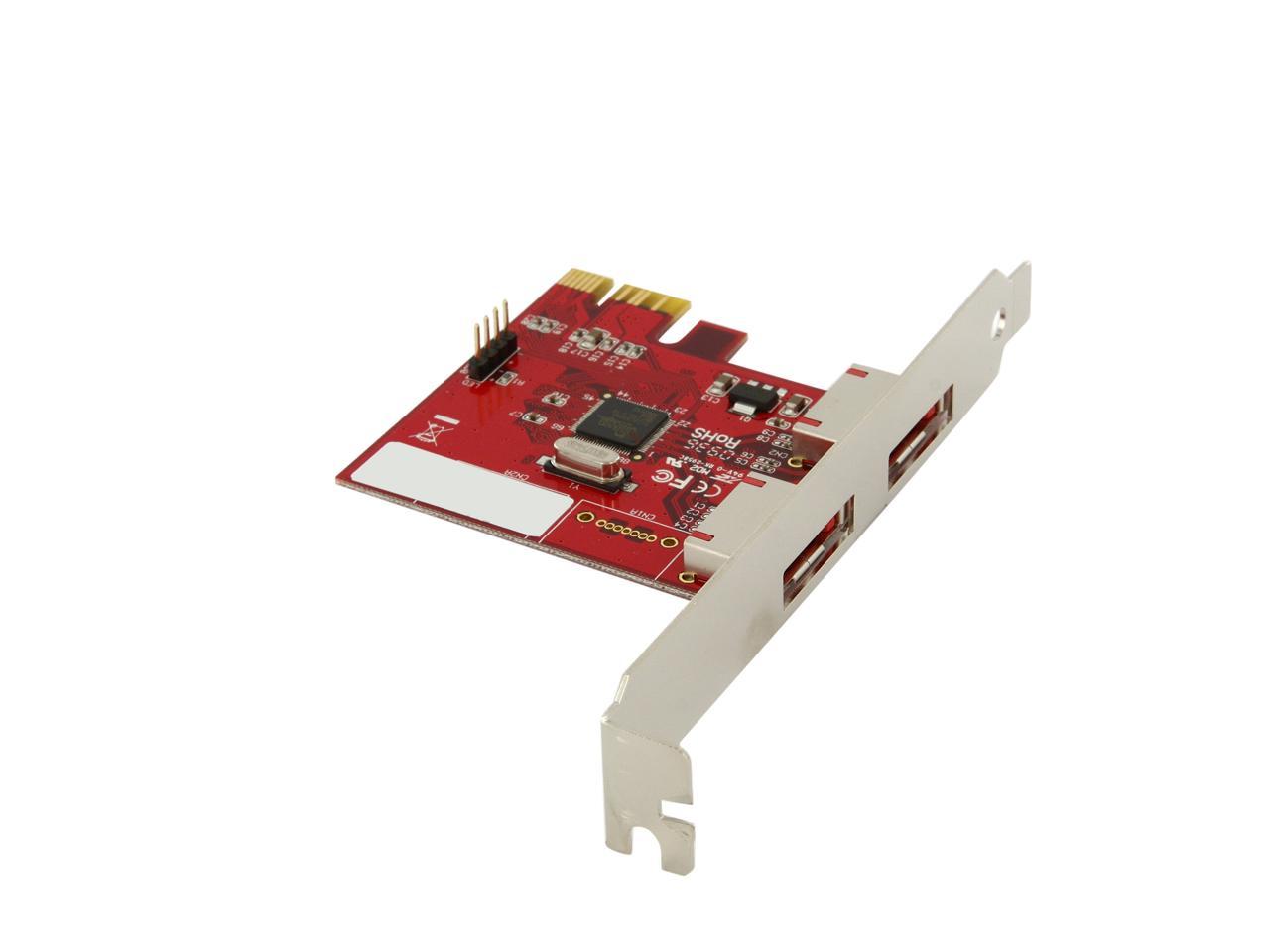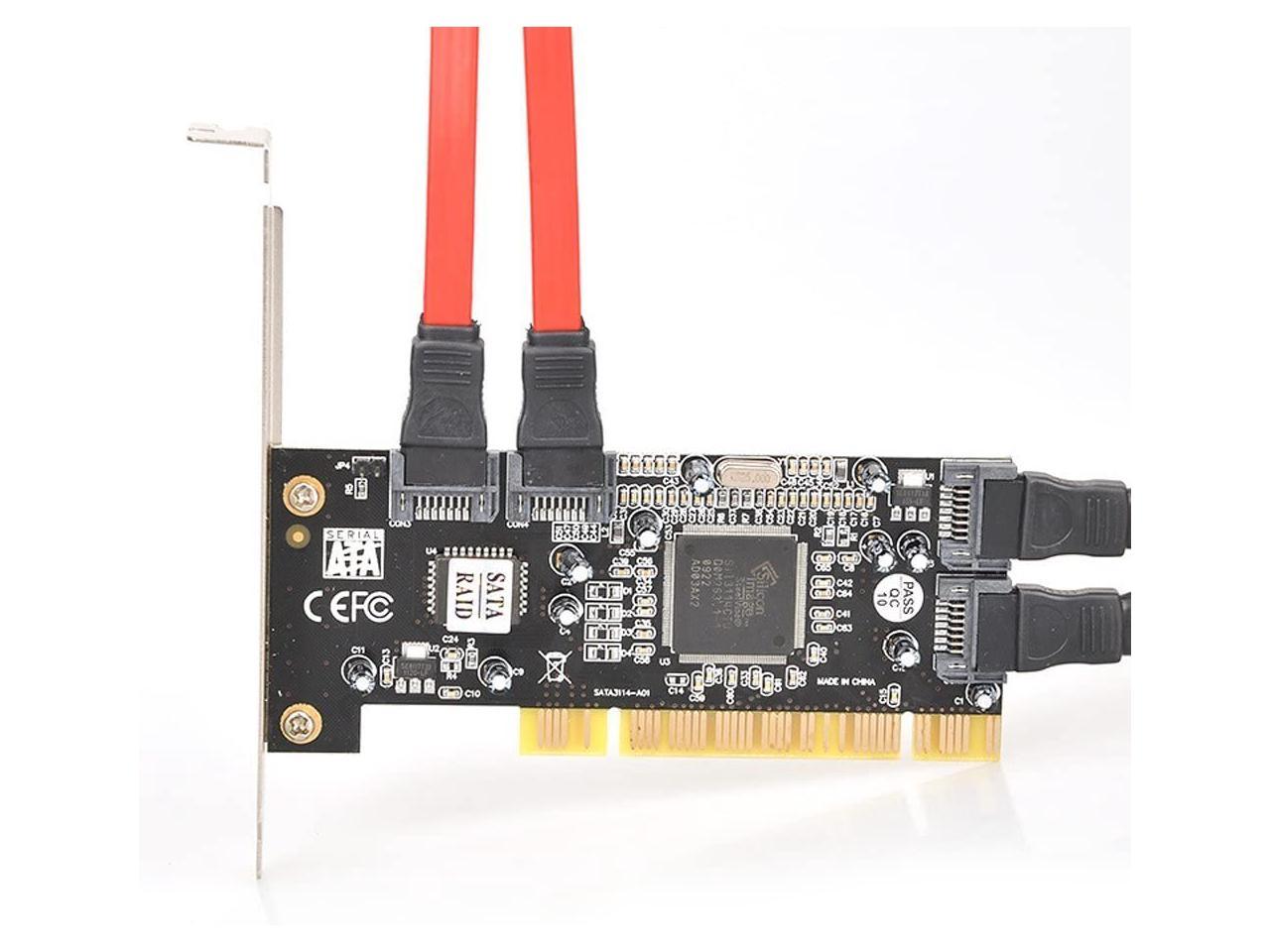
- #Silicon image sil3132 softraid 5 controller non raid install#
- #Silicon image sil3132 softraid 5 controller non raid update#
- #Silicon image sil3132 softraid 5 controller non raid driver#
They were marked as a Legacy RAID Group and painted red. So now I was able to examine my disks using the SATARAID5 manager.
#Silicon image sil3132 softraid 5 controller non raid install#
However if you install the latest version of the Java runtime from Sun (available here) – the manager software does work properly. Genius! Although it will allow you to view the status of your disks – it won’t allow you to actually do anything with them, all the menu items just do nothing (I subsequently managed to run the manager in a console mode and found that all the menu items were throwing exceptions – ie: broken). Ironically this doesn’t actually work with the SATARAID5 manager software it comes with. These downloads inexplicably include an old copy of the Java virtual machine runtime environment. Make sure you have at least version 1.5.20.3 of this. This can be downloaded from the SiliconImage website here: In addition to this you need to install the SATARAID5 manager software which allows you to configure the disks in windows.

Despite clicking on this item many times – it never did anything. It also added an item to the Windows Control Panel called “Silicon Logic SATA RAID”.
#Silicon image sil3132 softraid 5 controller non raid driver#
The mirroring process took several hours for my Samsung Spinpoint 500GB drives.Īfter booting into Windows, Windows 7 automatically downloaded a bunch of driver software which it seemed to think would work. I allowed it to re-mirror the data from one drive to the other as part of this.

Here I was able to create a RAID1 group containing the two drives. The job then was to plug the drives in, set them up as a RAID group without losing the data already on them and then get them visible and useable in Windows.Īfter plugging the drives in, I went into the Silicon Image SATA RAID BIOS utility. You can also install a SATA Link “base” BIOS to the card as well, instead of the RAID one, but since the SATARAID BIOS has a pass thru mode which allows the use of drives in a non RAID configuration, it makes you wonder why you’d bother. OR – it can be used as a straight disk controller for up to 4 SATA drives (no RAID) – this is called “SATA Link” and requires SATA Link software in Windows. This requires a SATA RAID bios to be installed on the card (the default) and some SATARAID5 manager software to be installed in Windows. As a RAID controller for up to 4 SATA drives. The Sil3114 card can be used in one of two configurations.
#Silicon image sil3132 softraid 5 controller non raid update#
(This was subsequently either resolved by a BIOS update to the card – more on this later – or pushing down hard on the card to ensure it was fully in – not sure which). However the motherboard recognised this only some of the time.


The card as delivered plugged into an empty PCI slot easy enough. This is an inexpensive card offering RAID0,1,5,10 & JBOD. The board chosen used a chipset from SilconImage – the Sil3114. The Gigabyte board I was moving to did not, so I had to add an additional RAID controller on a PCI card. The server they came from, an old MSI AMD motherboard had a Promise RAID controller built in. It was not without difficulty.īoth server’s had the OS on a third non RAIDed drive, so i didn’t have to worry about being able to boot from them (thank god!) I recently had the experience of moving a pair of RAID1 storage disks from one server to another.


 0 kommentar(er)
0 kommentar(er)
